Of rocks and people
Before you even see any buildings, you’re surrounded by a free-roaming herd of orange cattle and a dozen calves as they nonchalantly cross the road. This is wild Alentejo. The stretch of land where ancient cork oaks and olive trees grow is one of the most sparsely populated regions in Portugal and was once the country’s breadbasket. If one thing is in abundance in Barrocal, then it’s space – and quite profound tranquillity. At night, the stars twinkle brighter than anywhere else, and light pollution is virtually non-existent. No wonder the place has become a popular destination for stargazers.
At the end of a dirt track, there are no signs or signposts, as in traditional hotels, but visitors know intuitively that they can only get to where they’re going if they head down “Monte Street”. This is the name given to the thoroughfare of São Lourenço do Barrocal – a wide cobblestone street, lined on the left and right by 24 whitewashed, ivy-covered cottages.
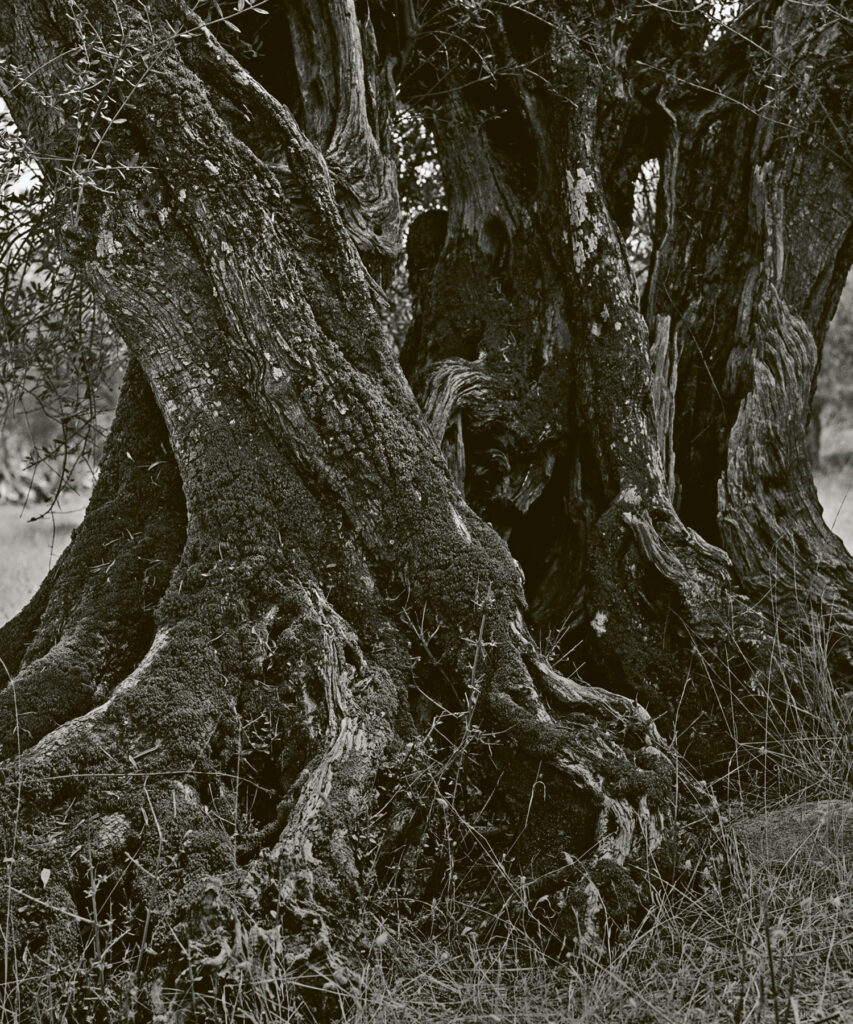
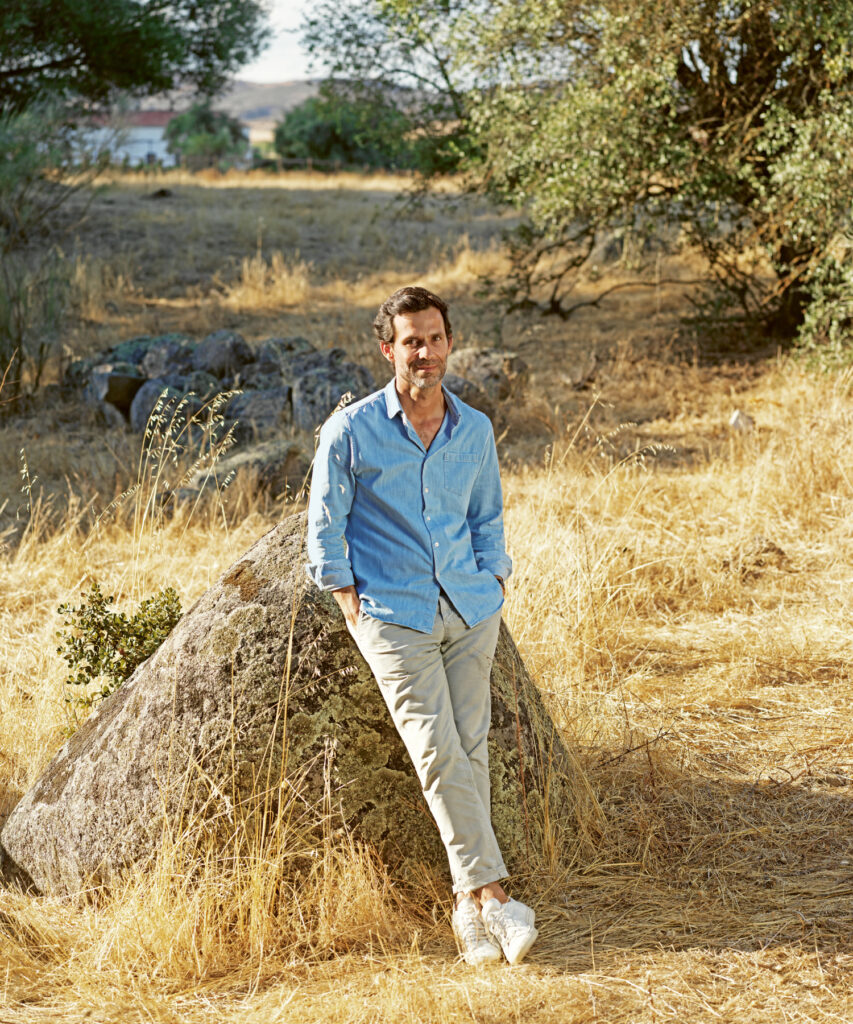
Formerly accommodation for farm workers, guests have been put up here since 2016. The little numbers above the doors are the sole surviving testimony to their past life. Small, fragrant orange trees stand out in front. In front of the bar in the barn, where the olive presses used to be, the chairs are just being moved into position in time for sunset.
José António Uva has another favourite spot. The steps of the former bullring are the perfect place for him to tell the story of how he transformed his ancestral farm and lands into a 5-star hotel, a project that took 14 years to complete. “You could definitely say that I redeveloped Barrocal at a very leisurely pace”, says Uva and laughs. He points an outstretched index finger across the land that stretches as far as the horizon before him. We’re talking just under eight million square metres of land, owned by his family for 200 years and now in their eighth generation.
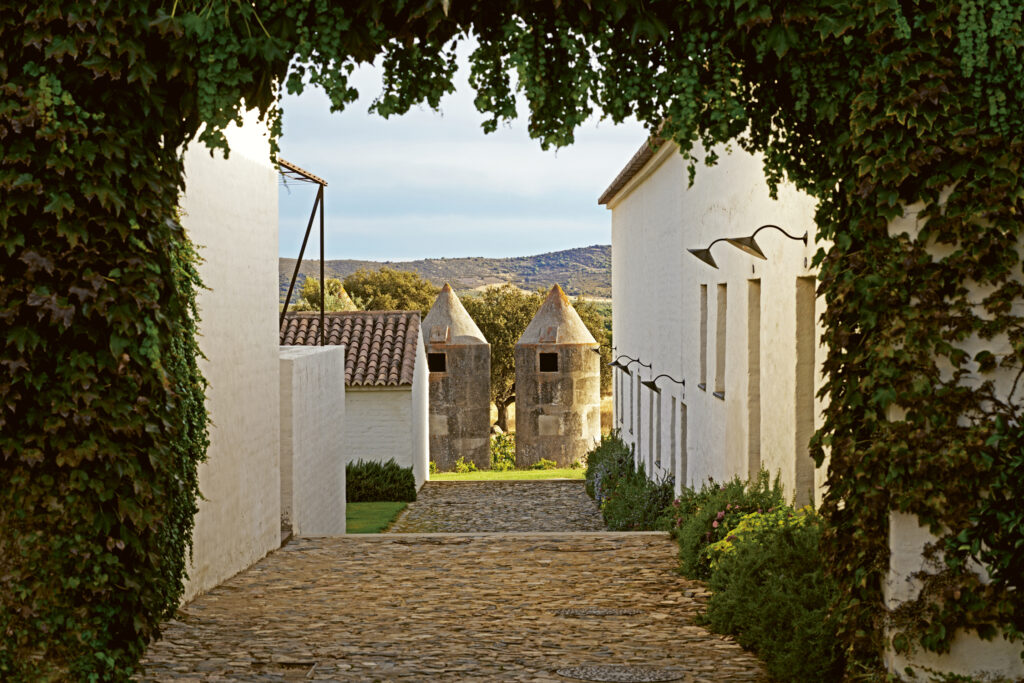
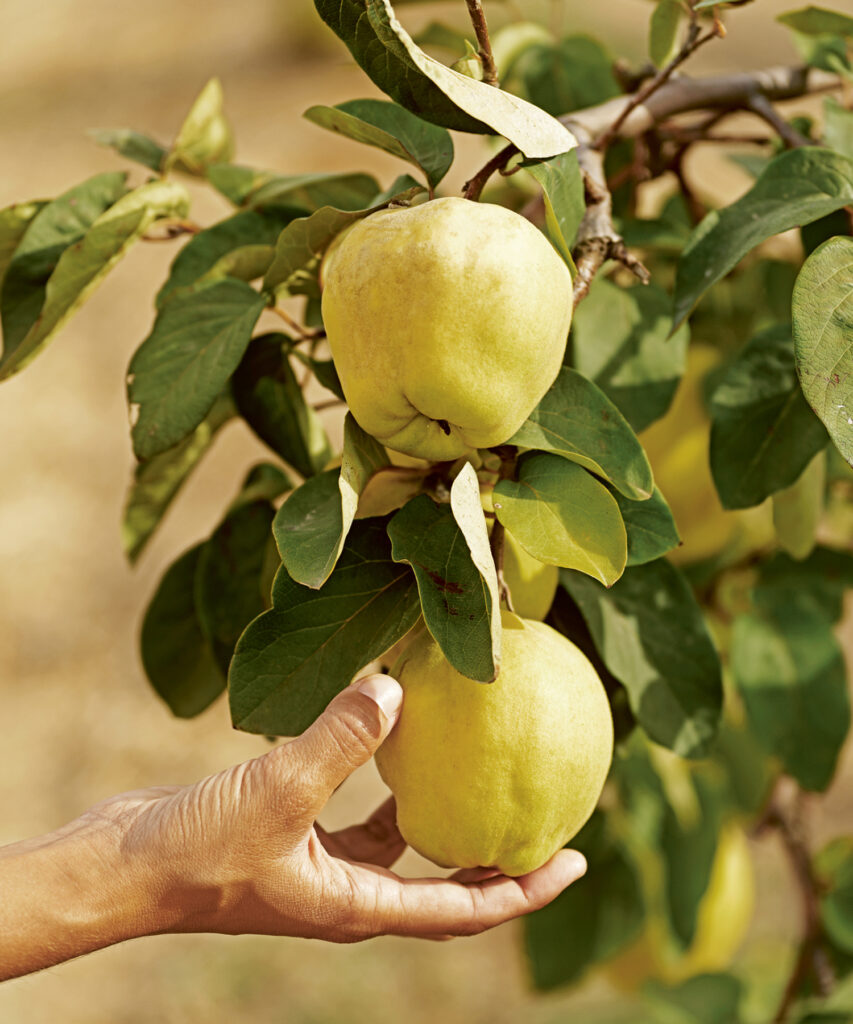
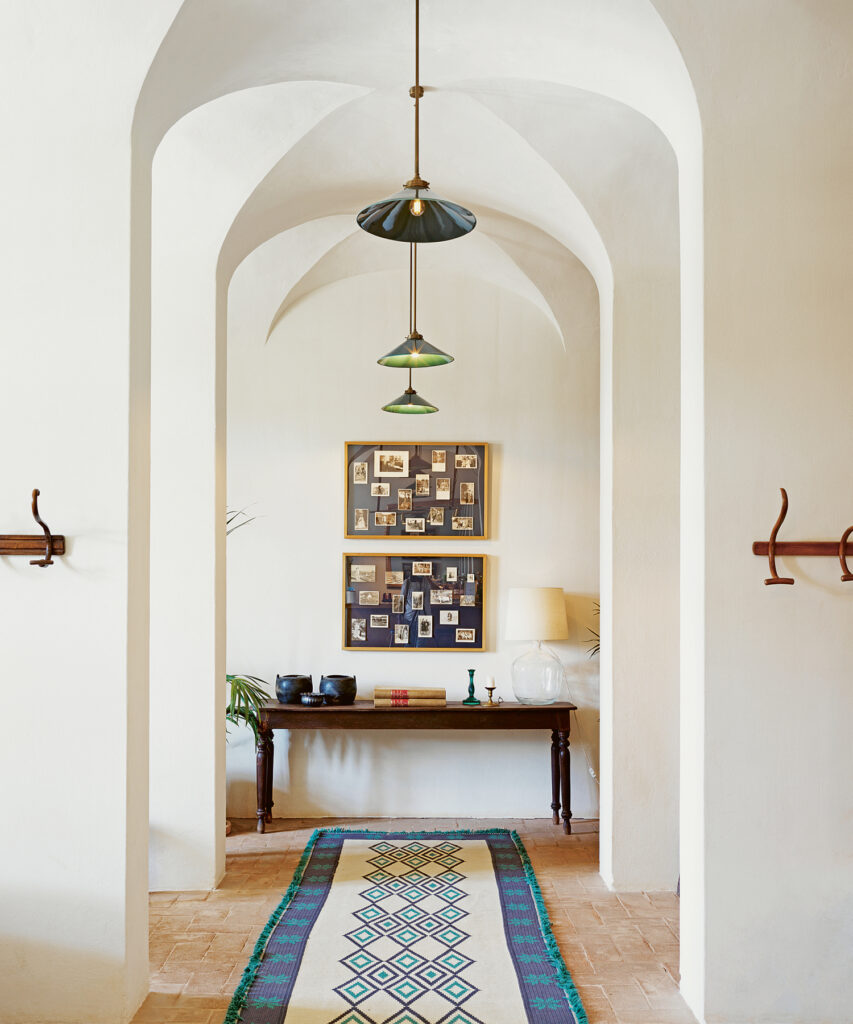
José Uva’s passion is the land, but he’s far from a farmer. He wears a denim shirt with light-coloured trousers, and loafers on his feet. He attended the American school in Lisbon, studied in Paris and worked as an investment banker in London before retiring to Barrocal for a sabbatical at the age of 26. He was single at the time, living on the property in the only house with a roof, which used to be the gardener’s house and is now the pool house. The rest of the farm was a ruin at the time, completely dilapidated. Uva was born in 1974, the year in which Barrocal was nationalised after the Carnation Revolution and then abandoned. It wasn’t until the mid-1990s, when Portugal joined the EU, that the family got the property back. They had never completely given it up. They spent all their holidays in a small house in nearby Corval.
“My fondest memory”, Uva recalls, “is scaling the rocks with my brother. These are the granite formations from which the property gets its name, the barrocals”.
Behind a lawn the size of three football fields is the pool, with vegetable gardens, olive groves and vineyards beyond. The entrance is a 19th-century aqueduct. There’s a pool for children and one for adults, at the end of which a formation of four-metre barrocals is decoratively grouped. It’s obvious which came first. Design follows rocks.
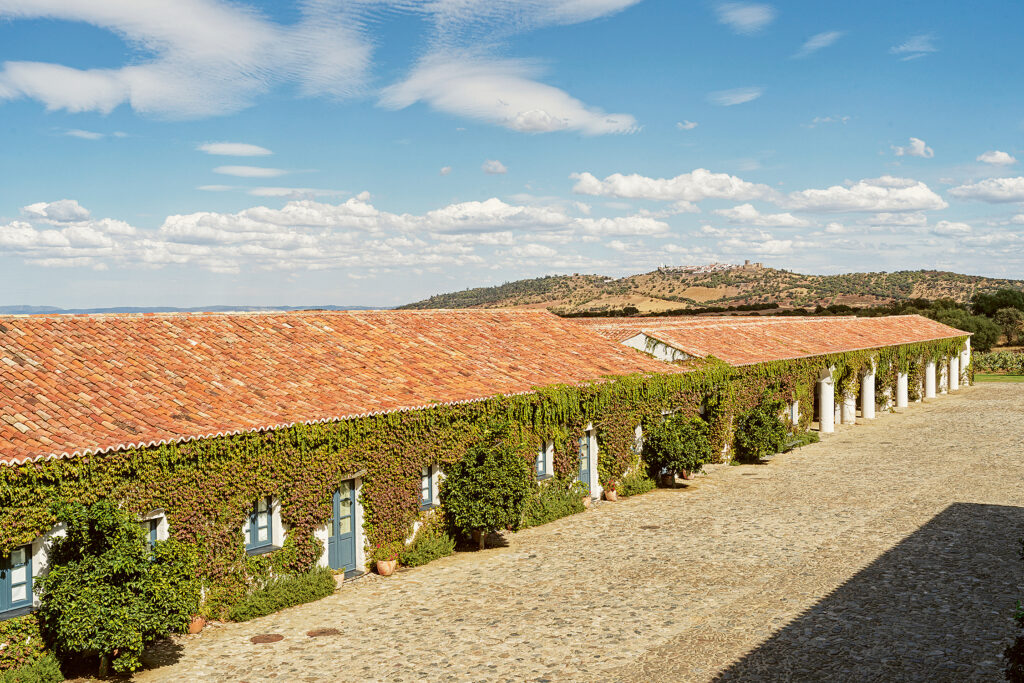
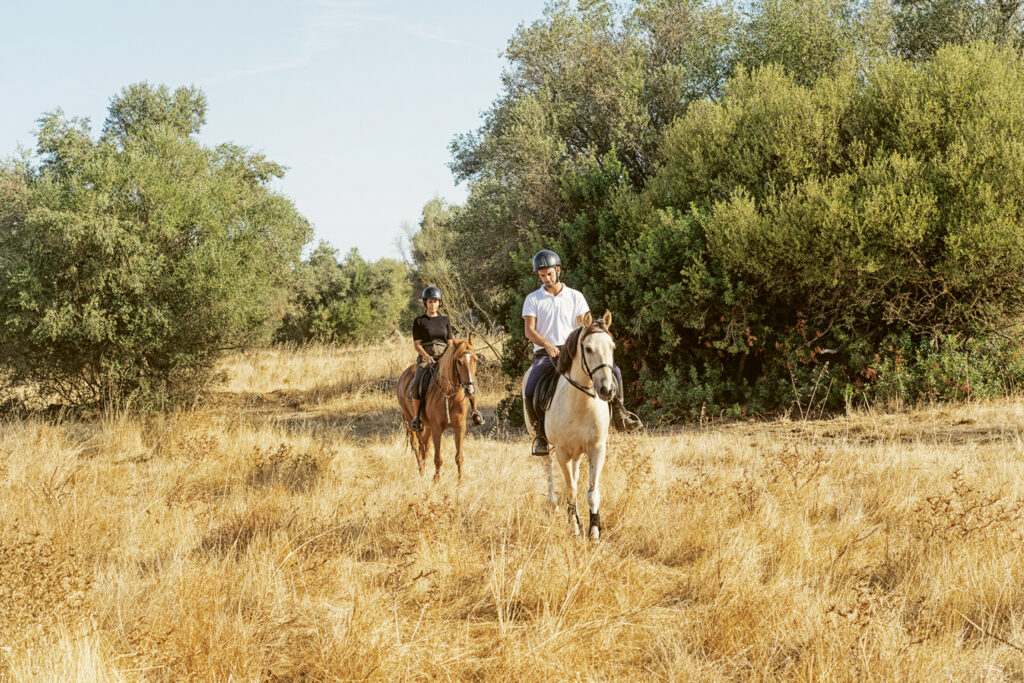
“For me, there were two options: let Barrocal slowly rot and die, or rethink the property as a whole. It wasn’t a family obligation. I wanted to share the Alentejo region with others. Its history and nature, and also its traditional crafts”, says José António Uva. As an academic, he approached the transformation as if it were a master’s thesis, talking to archaeologists, geologists, biologists, architects, landscapers, agronomists and historians. Having completed his research, he hired Pritzker Prize-winning Portuguese architect Eduardo Souto de Moura. His brief was as follows: the basic structure was to remain unaltered, and he wanted to pay tribute to its heritage in a contemporary way. This was exactly the right task for a man who loves simplicity and espouses a modern interpretation of Portugal’s regional architectural tradition.
The original materials were to be used in the reconstruction. This turned out to be more complicated than they first thought, and especially the roofs were a challenge. Certain roof tiles are no longer even made today, so a craftsman drove a lorry the length and breadth of Alentejo to the Algarve to gather old roof tiles. The terracotta floor tiles were re-fired, and a total of 350,000 locally made tiles were used. The transformation dragged on for years, during which doubts emerged time and again. Would a hotel in Alentejo, at the foot of the medieval village of Monsaraz, a stone’s throw from the Spanish border and so far from the sea, even get off the ground?
José decided that the hotel, with all it had to offer (hot-air ballooning, bird-watching, horseback rides in the countryside, wine and olive harvesting and so on), would have to be the attraction. Furthermore, he put his faith in modern elements such as the experimental barrocal wines produced by winemaker Susana Esteban. He got Austrian wellness expert Susanne Kaufmann on board to create the monastery-like spa – and has supplied her with rosemary for her oils ever since. He hired popular Alentejan chef José Júlio Mendes Vintém to build the resort’s sprawling organic kitchen garden featuring vegetables and 20 different herbs, and worked with him to create a menu inspired in part by his own culinary memories.
His wife Ana Anahory was responsible for the interior with her design studio, and the rooms are purist but comfortable. “She partnered with artisans from the region as far as possible. Beds, ceramics, fabrics, carpets – everything from Portugal! Only the televisions hail from Korea, because they don’t make good ones here.”
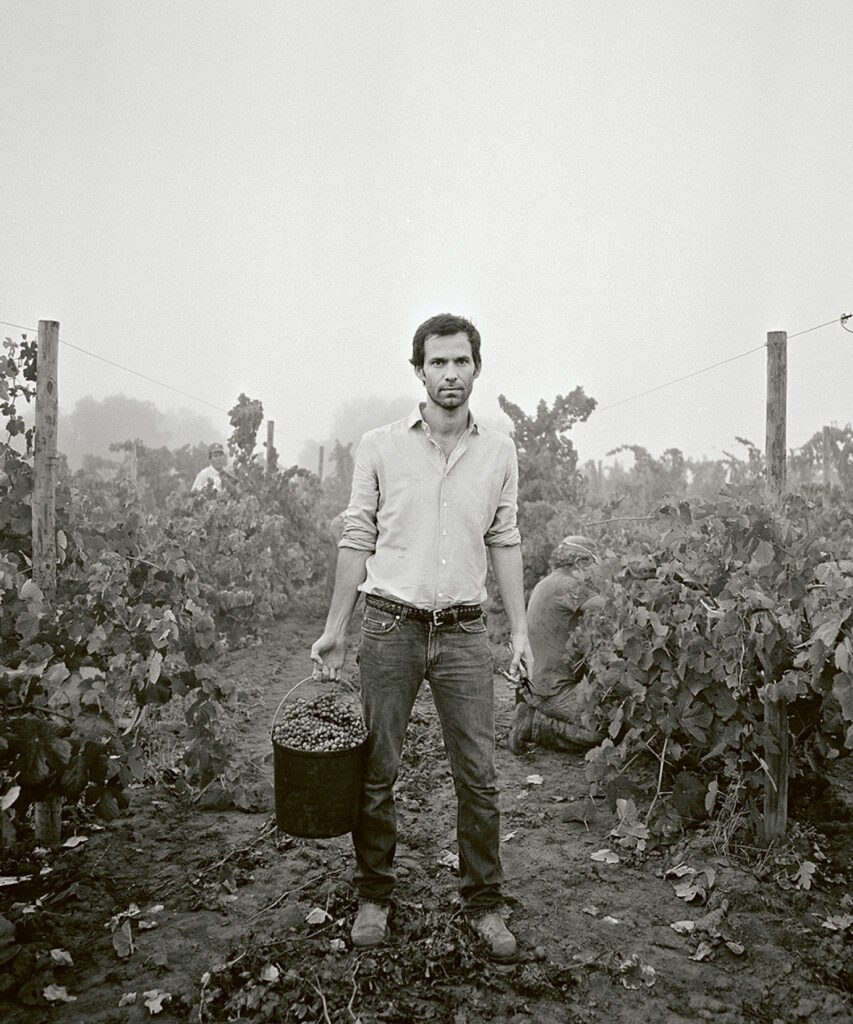
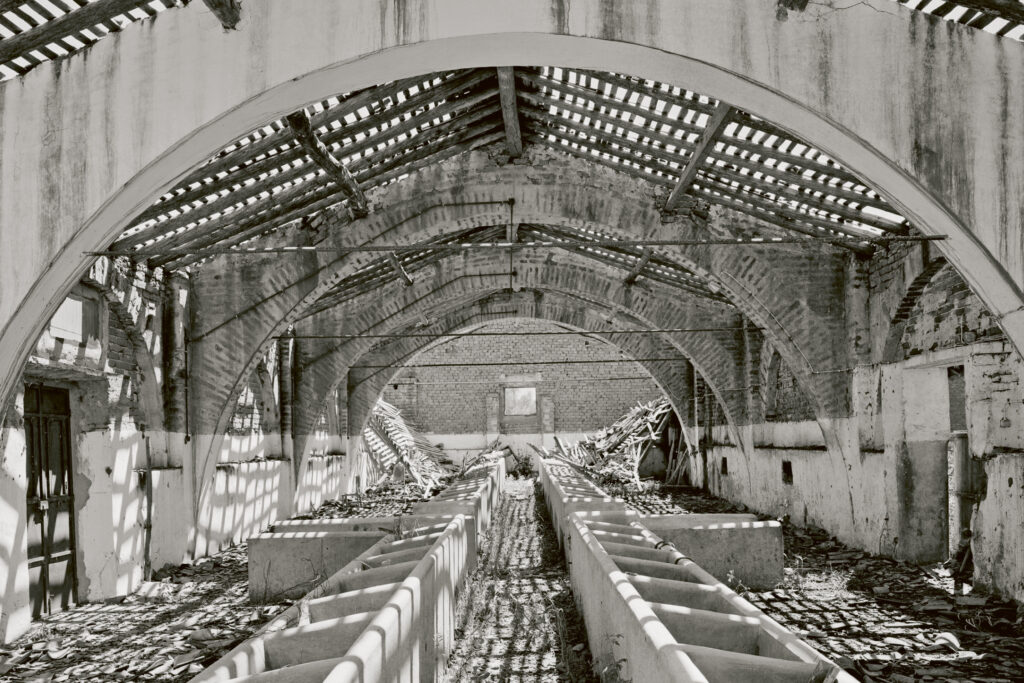
The former barn has been transformed into a farm-to-table restaurant, cooking with ingredients from its very own garden or from the region, and the fish is sourced from nearby Lake Alqueva. As for the meat, this is where the herd of cattle comes back into play.
The indigenous Alentejanas have been crossbred with imported French Salers and Limousin bulls to make them even tastier. Not only are they part of the landscape, but they provide meat for the two restaurants in Barrocal. A cabinet of curiosities by Joana Astolfi adorns the wall. The hip artist, who also designs the shop windows for Hermès in Lisbon, has deftly displayed family keepsakes that José discovered while rummaging through all the drawers, cupboards and chests. In the centre hangs a deer’s head that José’s grandfather once shot; around it are slingshots, shoes, an ancient teapot, an assortment of keys, an old beekeeper’s mask and a dozen white gloves that belonged to Uva’s great-grandmother, who apparently never left the house without wearing gloves.
Outside, the guests’ children climb over the rocks, the sun goes down like a red ball behind the barrocals, and in front of the tables a big fire is lit in an old well. José has to head off, back to Lisbon, as one of his two sons is celebrating his birthday. And then there’s Clara. “Our lockdown baby”, José says and laughs. He’s a family man, whether he likes it or not.
This article was first published in the autumn 2021 print edition of 30 Grad.